So, you think you want to be a hemp farmer?
We can’t say that we blame you.
This guide to growing hemp can be an invaluable resource.
It is an extremely exciting time in history. The Farm Bill has opened up an area that has been virtually untouched for more than a century. Now that hemp cultivation is basically legal in all 50 states (click here to read more), there’s a growing interest in growing hemp.
It’s estimated that CBD will be a $22 billion industry by 2022. And seeing that CBD is sourced from hemp, getting into the business of hemp farming could prove to be very lucrative indeed.
Just how lucrative?
According to Alex Seleznov, board member of the National Hemp Association, hemp crops grown for CBD could bring in $25–$35 per pound. Each plant will yield roughly one pound of hemp that can be used to source CBD, and with 1,000–1,500 plants per acre, hemp farmers could be looking at around $30,000 per acre of hemp.
Growing hemp, it seems, could turn out to be very lucrative indeed.
Hemp has been grown for thousands of years (many contend it’s the world’s oldest cultivated crop), but modern cultivation methods aren’t quite what they used to be. There’s much more to growing hemp than sticking a seed in the ground and watching it grow. If you really want to grow hemp, here’s everything you need to know.
The Ultimate Guide to Growing Hemp
Getting Started
Where to begin?
Growing hemp is a huge undertaking. Knowing where to start and the right steps to take can make a world of difference when taking on your new venture.
 Growing hemp isn’t as straightforward as growing other crops. Before you begin, there are a few key points to keep in mind.
Growing hemp isn’t as straightforward as growing other crops. Before you begin, there are a few key points to keep in mind.
The 2014 Farm Bill allowed for pilot programs to cultivate and study hemp — these were approved by the U.S. Department of Agriculture (USDA) and various state departments of agriculture. This is something that brought the first “legal” hemp farms back to America and allowed for the expansion of hemp cultivation on a small scale.
The Farm Bill changed things and is far more expansive than this pilot program. It permits for broad hemp cultivation in all 50 states, which is something that has sparked the interest of several would-be hemp farmers.
New legislation, however, doesn’t exactly create a system where anyone can grow hemp wherever and whenever they please. Basically, you’re not going to be growing hemp as freely as you would basil and tomatoes, then selling your hemp-derived products at your local farmer’s market.
Getting Started Growing Hemp
There are certain restrictions regarding hemp cultivation. If you’re interested in taking on this new venture, it’s vital to know everything there is to know before you begin.
Hemp Cultivation Regulation
If you want to grow hemp, keep in mind that there are going to be strict state/federal regulations to do so. Section 10113 of the Farm Bill states that state departments of agriculture must confer with the state’s governor and chief law enforcement officer to come up with a plan which will then be submitted to the Secretary of USDA and can only begin once it’s approved.
States, however, have the option to opt out of formulating a regulatory program. If you live in a state that doesn’t create a regulatory program, you’ll have to apply for a license under a federally run program.
Capital and Overhead Cost
 Starting a hemp farm isn’t exactly cheap. Keep in mind that capital (money spent on land, equipment, etc.) and overhead cost (money necessary to keep your hemp farm operating) will likely be on the higher end of the monetary scale for first-time farmers. Already have a big piece of land? Perfect! Bigger operations mean bigger profits in the end. Keep in mind, though, that smaller hemp farms can also be a valuable investment if you do things right.
Starting a hemp farm isn’t exactly cheap. Keep in mind that capital (money spent on land, equipment, etc.) and overhead cost (money necessary to keep your hemp farm operating) will likely be on the higher end of the monetary scale for first-time farmers. Already have a big piece of land? Perfect! Bigger operations mean bigger profits in the end. Keep in mind, though, that smaller hemp farms can also be a valuable investment if you do things right.
Aside from everything you need to set up your hemp farm and keep it running, there are likely going to be special permits that will need to be obtained through your state’s department of agriculture. Some states (but not all) require a criminal background check for would-be hemp farmers.
Know the Laws
Knowing the laws surrounding legal hemp cultivation seems like a no-brainer, but if they’re not followed exactly the way they’re laid out by the U.S. government, your entire crop could potentially be destroyed.
Any hemp cultivated in the U.S. cannot exceed the 0.3% THC limit. This is the magic number that separates hemp from marijuana. If your hemp crop contains any more than this allowable percentage of THC come harvest, your entire crop (per U.S. law) must be destroyed.
According to the National Conference of State Legislatures (NCSL), various state policymakers have taken action to address various policy issues and at least 41 states have enacted legislation to establish industrial hemp cultivation and product programs. They also offer an overview of individual state laws and public acts on industrial hemp research and cultivation.
Hemp Cultivation 101
When it comes to growing, hemp is one of the easier crops to cultivate. They don’t say cannabis grows like a weed for nothing.
That being said, there are still a few things to keep in mind when you’re ready to sow your seeds (or cut your clones).
If you’re interested in growing the best hemp you can, keep the following tips in mind for a successful harvest come fall.
7 Tips for Successfully Growing Hemp
1. Start Small
When learning to grow hemp, it’s best to start small. Sure, you might have a 100-acre plot of land — which is awesome. But that’s also A LOT of land, and there are immense amounts of preparation and work that will go into it.
Seleznov advises new hemp farmers to start small and experiment. Rather than start on such a massive scale, start small and go slow. Hemp production isn’t going anywhere. And if things keep going the way they are in the CBD industry, hemp will be in demand for quite a while.
For your first-year farming, start with one acre, maybe two. Learn everything you can in that first year about growing hemp and plan on expanding the following season.
2. Understand Your Soil
When it comes to growing hemp, we can’t stress enough how important soil quality really is. Assuming you’ve already got a plot of land where you’re interested in growing, one of the very first things you’ll want to do is get your soil tested. Soil testing kits are typically available from most extension offices in the state you live in. Once you get your results back, it’s important not only to note the nutrient content of your soil, but also the texture of your soil as well.
 It’s a common myth that hemp can be grown anywhere. It actually grows better in certain types of soil over others. The best soil for growing hemp is loose, well-aerated loam that has high fertility and an abundance of organic matter. The pH level of the soil should be 6.0-7.5.
It’s a common myth that hemp can be grown anywhere. It actually grows better in certain types of soil over others. The best soil for growing hemp is loose, well-aerated loam that has high fertility and an abundance of organic matter. The pH level of the soil should be 6.0-7.5.
While well-drained or tiled clay soil can be used to grow hemp, soil that is structured poorly or drains poorly typically results in crop failure, right around the time seedlings and young hemp plants are prone to damping-off (a plant disease that occurs from poor soil drainage).
You can also grow a good hemp crop with sandy soil; however, this isn’t the most desirable type of soil for hemp production. Why? Because sandy soil needs additional irrigation and fertilization in order to assure a successful harvest.
After you’ve determined you have the right type of soil to grow hemp, you’ll also need to ensure that it contains the nutrients necessary for your plants to thrive. Hemp requires high levels of nitrogen, medium to high levels of phosphorus, adequate levels of sulfur and calcium levels that aren’t in excess. Aside from being planted in well-aerated, loamy soil, hemp thrives when organic matter added to soil is more than 3.5%.
Keep in mind that hemp is a plant that is responsible for a process known as phytoremediation. This means that hemp will soak up whatever is in the soil it’s planted in. Hemp is so adept at phytoremediation that it has been planted in abundance at the Chernobyl Nuclear Disaster site to pull radioactive waste from the soil. If you’re growing your hemp for CBD, the importance of growing organic hemp can’t be stressed enough.
3. Sowing Your Hemp Seeds/Using Cannabis Clones
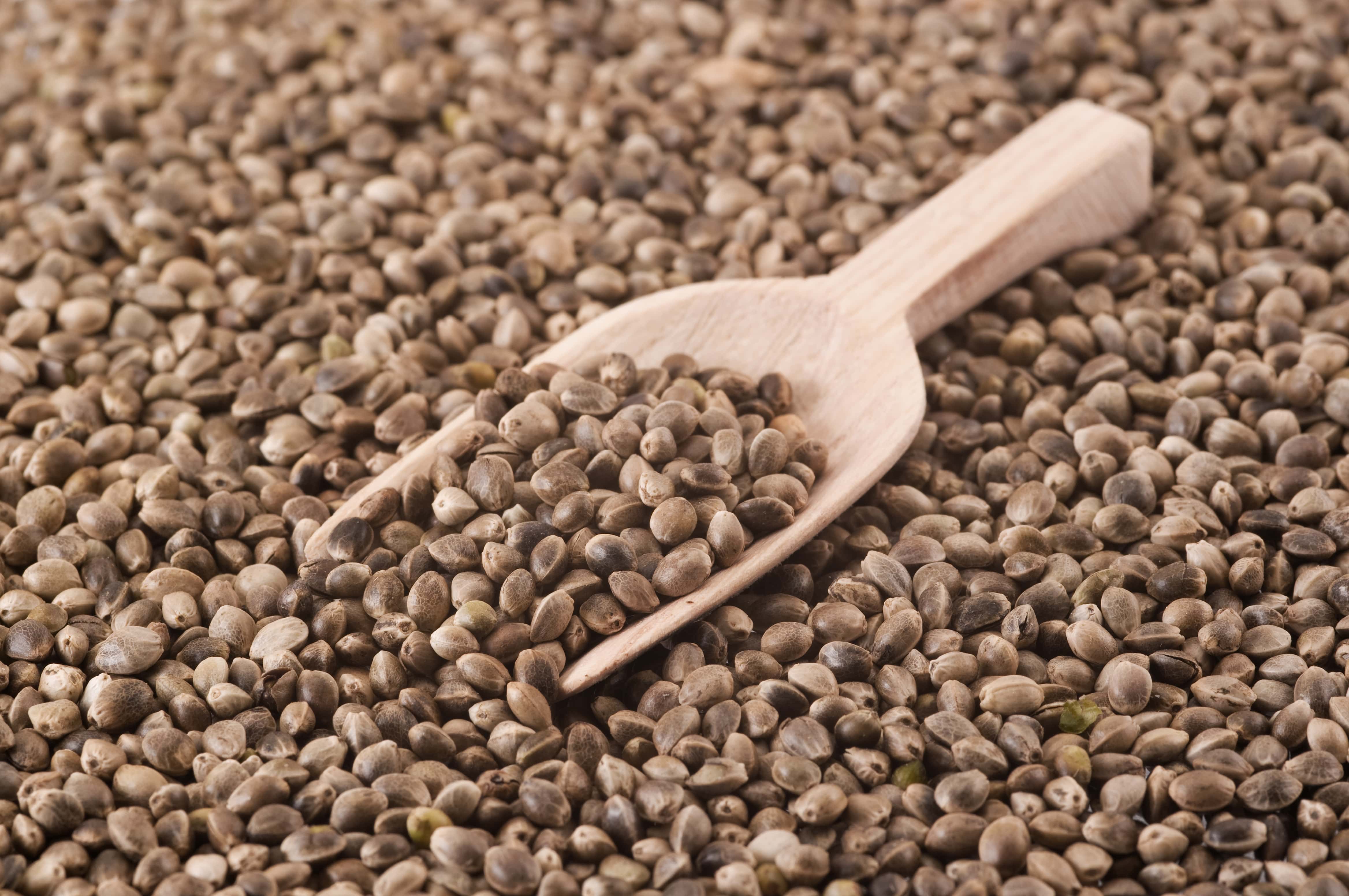 Growing any kind of plant seems like it would be a fairly basic process, right?
Growing any kind of plant seems like it would be a fairly basic process, right?
Stick a seed in the ground and water it until a seedling pokes its head out. Super simple. When it comes to growing hemp, things get a little more complicated.
Keep in mind that you have a couple of options. These include using hemp seeds or hemp clones. What’s the difference? Let’s take a deeper look.
Hemp Seeds
Before you begin, it’s vital you understand that when it comes to the hemp plant itself, there are several different genetics. If you’re growing hemp for the purpose of CBD, the last thing you want is a variety of hemp that is intended for stalk and fiber (such as in making various textiles).
Something else to keep in mind is that cannabis has been prohibited for years. This means that hemp seeds are a bit different than commercial seeds for standard vegetable crops (think tomatoes, cucumbers, etc.). While commercial seeds are typically genetically stable (meaning the seed will produce identical plants of the same phenotype), hemp is a bit different. Consistency might not always be the same, which is why it’s paramount you do your research before purchasing hemp seeds.
 Don’t assume that you can just buy any old bag of hemp seeds from the store, stick them in the ground and watch them grow into a lucrative cannabis field. Because cannabis was prohibited for so long, it’s a bit behind when it comes to finding seeds that will produce consistent results.
Don’t assume that you can just buy any old bag of hemp seeds from the store, stick them in the ground and watch them grow into a lucrative cannabis field. Because cannabis was prohibited for so long, it’s a bit behind when it comes to finding seeds that will produce consistent results.
In an interview, founding chair of the National Hemp Association, Michael Bowman, explained where farmers interested in hemp production get seed, noting that Canada and Europe were the best options. Bowman put it like this:
“The challenge is the .3 THC limit. There is a lot of seed available outside of the U.S., but we don’t know how acclimated it is to latitudes and longitudes here and how that correlates to THC limits at harvest. If farmers bring in seed and the crop busts the .3 limit at harvest, it becomes marijuana under the law and must be destroyed. That will keep a brake on some robust expansion until we get a good feel for how those genetics are going to express themselves in different environments. It will take another year.“
Don’t want to wait a year? There are already options to purchase hemp seeds — it’s just a matter of ensuring that you’re going to get a consistent crop, which is something vital in any farming industry.
If you don’t want to go the seed route, there’s always the option of clones.
Hemp Clones
While seeds are a bit easier to find, hemp clones can offer superior consistency when it comes to hemp cultivation.
What exactly are clones?
Simply put, clones are the cuttings from a “mother” plant. These clippings then grow their own root systems and become plants that are genetically identical to the original plant, which can grow year after year.
Clones are taken from the healthiest lower branches of the mother plant. Once they are cut from the plant, they are then rooted in water, cloning solution or rockwool. Roots typically sprout from the clone in 2–3 weeks.
Hemp clones, however, aren’t exactly common to come by, which can make sourcing clones for your hemp farm a bit difficult depending on the state where you live.
4. Planting Your Hemp
When it comes to actually planting your hemp into the ground, there are some important aspects to keep in mind.
First of all, you’ll want to pick the best date to plant your crop. There are different growing zones throughout the U.S., so each state will be a bit different when it comes to the time of year you actually get started. As a general rule of thumb, plant your hemp when all danger of frost has passed. Ideally, soil temperature will be between 46–50 degrees Fahrenheit. Also, keep in mind that soil moisture is necessary for seed germination. Seeds should be planted at 0.75-1.25.
 Spacing between each hemp plant is subject to what you’re growing your hemp for. When it comes to hemp, crop spacing is highly determined by your intended yield. Crop spacing will be different for fiber, seed and the manufacturing of CBD. Hemp crops that are intended for fiber can be planted closer together, while hemp planted for seed and CBD manufacturing will need to be planted farther apart.
Spacing between each hemp plant is subject to what you’re growing your hemp for. When it comes to hemp, crop spacing is highly determined by your intended yield. Crop spacing will be different for fiber, seed and the manufacturing of CBD. Hemp crops that are intended for fiber can be planted closer together, while hemp planted for seed and CBD manufacturing will need to be planted farther apart.
According to Bowman, when growing hemp for CBD, farmers should anticipate 1,000–1,600 plants per acre. When growing hemp for fiber used in industrial purposes, this number skyrockets to up to 30,000 plants per acre or more.
5. Watering Your Plants
 Just exactly how much water do hemp plants need to thrive? It’s assumed that hemp requires 20–30 inches of rainfall during its growth cycle. If precipitation is less than this, irrigation will be necessary.
Just exactly how much water do hemp plants need to thrive? It’s assumed that hemp requires 20–30 inches of rainfall during its growth cycle. If precipitation is less than this, irrigation will be necessary.
Keep in mind that the absorption of water increases each day until flowering begins. After this, absorption of water significantly decreases, then increases again during the late flowering and seed formation period.
According to the USDA Farmer’s Bulletin No. 1935, “Drought conditions, if accompanied by high temperatures, appear to hasten maturity before the plants are fully grown…. Hemp requires a plentiful supply of moisture throughout its growing season, especially during the first 6 weeks. After it has become well rooted and the stalks are 20 to 30 inches high it will endure drier conditions, but a severe drought hastens its maturity and tends to dwarf its growth. It will endure heavy rains, or even a flood of short duration, on light, well-drained soils, but on heavy, impervious soils excessive rain, especially when the plants are young, will ruin the crop…. The hemp plants in puddled areas of a saturated field will be ruined within two days; it is imperative that the field be well-drained. On the other hand, if the slope of a field is too steep, precipitation will run off the field before it can be retained.”
6. Nutrients
Nutrients needed for a successful harvest will be largely determined by a soil test. According to the Agricultural Analytical Services Lab at Penn State University, when soil contains optimum levels of potassium (K) and phosphorous (P), the following nutrients are recommended for a potential 1,500-pound crop: 150lbs nitrogen (N), 30lbs phosphate (P205) and 20lbs potash (K20).
 Hemp is also subject to a variety of different diseases and garden pests. Some of the most common diseases include grey mold (Botrytis cinereal), white mold (Sclerotinia sclerotiorum), root rot and blight. Common garden pests that like to prey on hemp include aphids, grasshoppers, flea beetles, grubs and cutworms.
Hemp is also subject to a variety of different diseases and garden pests. Some of the most common diseases include grey mold (Botrytis cinereal), white mold (Sclerotinia sclerotiorum), root rot and blight. Common garden pests that like to prey on hemp include aphids, grasshoppers, flea beetles, grubs and cutworms.
While pesticide and insecticide use is obviously up to the discretion of the farmer, many growers prefer to stick with organic farming processes. There are plenty of natural solutions that will help keep pests off your hemp plants.
Companion planting is a cultivation technique that can help plants maintain increased resistance to various diseases and garden pests. Companion planting has a history of some 10,000 years; it was implemented by Native American tribes who planted corn, beans and squash together, as they found when planted together these particular plants thrived.
Companion planting with hemp is something that shouldn’t be underestimated. Common companion plants for hemp include basil (the pungent smell is a natural pest deterrent), chives, cilantro, and sage (all help deter aphids, flies, spider mites and beetles), peppermint (deters harmful insects and attracts beneficial ones), garlic (a natural fungicide), beans (help supplement nitrogen into the soil) and chrysanthemums (help protect against microscopic worms that can ruin root structure).
7. Harvest
Harvest. The moment every farmer waits for after a long growing season. If you’ve ever grown anything (even one tomato in your backyard), you know how anticipated (and exciting) this time of year truly is.
 When it comes to harvesting hemp, the time which it is done is determined by the type of hemp being cultivated. Hemp that is planted for CBD is typically harvested around early October, or when the plant is approximately 16 weeks old and the flowers have ripened and are full of seed.
When it comes to harvesting hemp, the time which it is done is determined by the type of hemp being cultivated. Hemp that is planted for CBD is typically harvested around early October, or when the plant is approximately 16 weeks old and the flowers have ripened and are full of seed.
Hemp grown for fiber, on the other hand, is generally ready to harvest between the time of early bloom and seed set. Industrial hemp also goes through another process in harvest known as retting, which helps break the bonds between the two different variations of fiber in the hemp plant.
There’s No Better Time to Start Growing Hemp
We just covered A LOT of information, and we understand that it can be extremely overwhelming to take everything in.
We also just covered the basics. There’s a lot that goes into growing hemp. But if you’re up for the challenge and willing to work hard, there’s nothing more rewarding than reaping the fruits of your labor.
Remember, we’re at the very beginning stages of an industry that is projected to explode in the coming years. Becoming a successful hemp farmer can be done. Humans have been growing this ancient crop since the time that crop cultivation began — growing hemp is nothing new. It’s simply new to us in this particular period of time.
Interested in growing hemp?
There’s truly no better time to get started than now.
Is It Legal to Grow Hemp?
The Farm Bill made it legal for agriculture companies to grow hemp. These farmers must apply to receive approval for hemp cultivation.
All hemp plants must have 0.3% THC or less. You are permitted to grow hemp at home if you live in a state with recreational or medical cannabis marijuana.
Depending on the state, you might be able to grow up to six plants. Check with your local cannabis laws before purchasing hemp seeds or plants.
How Much Land Do You Need to Grow Hemp?
Hemp grows like a weed. It doesn’t need a lot of space to grow.
You should spend the first year experimenting with soil quality, water intake, and sun exposure. One acre would be sufficient while you figure out the best practices for your plant.
Are There Different Types of Hemp?
Hemp is a versatile plant that is cultivated for many reasons. It can be grown for its seeds to produce oil and food.
This type of hemp doesn’t require much CBD. Neither does hemp used for fabric or rope. Make sure the cannabis seeds you purchase are bred to produce phytocannabinoids.
What Are Hemp Clones?
Hemp clones are plant clippings from a mother plant. They grow root systems that are genetically identical to their parent. Clones offer a consistent and realistic assessment of the phytocannabinoid output of your crops.
Should I Buy Seeds or Clones to Grow Hemp?
It’s more challenging and expensive to grow hemp from seeds. When growing from seeds, you must contend with drainage and nutrient issues. You won’t know if the experiment is a failure until you’ve already invested time and resources.
With clones, a lot of the legwork is done. The survival rate is much better. Unfortunately, sourcing hemp clones is more challenging than seeds.
What Type of Soil Is Best to Grow Hemp?
Hemp plants prefer soil made up of at least 3.5% organic matter. They prefer a well-aerated loam with proper drainage. The pH level should be between 6.5 and 7.0.
Soil temperature should be 46–50 degrees Fahrenheit. Seeds should be planted at a depth of 0.75-1.25 inches.
How Much Water Is Required to Grow Hemp?
As a rule of thumb, a hemp growth cycle requires approximately 20–30 inches of rainfall. These measurements are dependent on the type of hemp.
Hemp plants require more water before flowering. They require less water while in bloom, and then more water once the plant is ready to seed.
When Do You Harvest Hemp?
It takes hemp around 16 weeks to fully mature. You can expect it ready for harvest around mid-autumn, depending when it was planted.
What Is the Hardest Part about Growing Hemp?
Most hemp seeds are imported from overseas, where altitudes are higher. Elevated conditions seem to help keep THC levels low. It’s more challenging to remain within the 0.3% THC threshold on American soil.
Thanks for reading! To show how much we appreciate you, we’re going to give you 16% off your next order. Just use code READER16 at checkout!




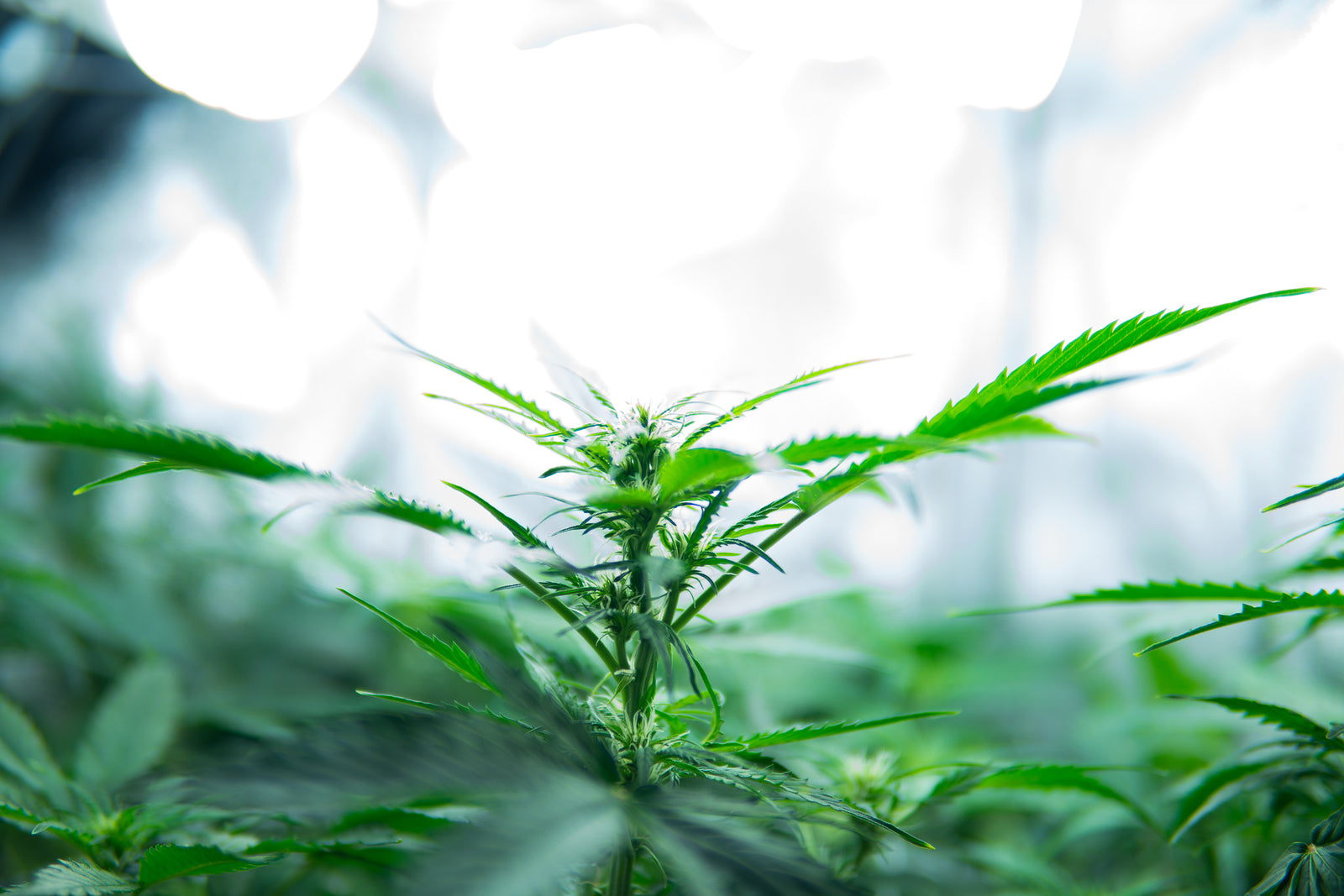




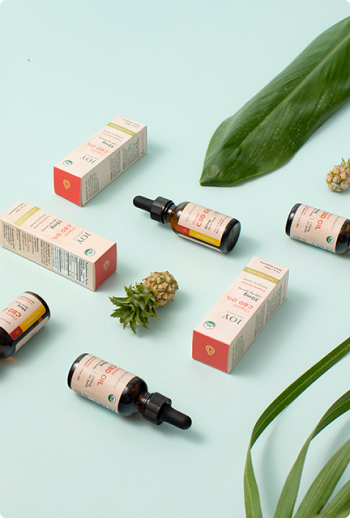
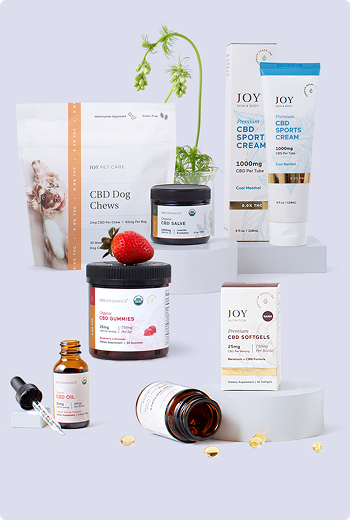
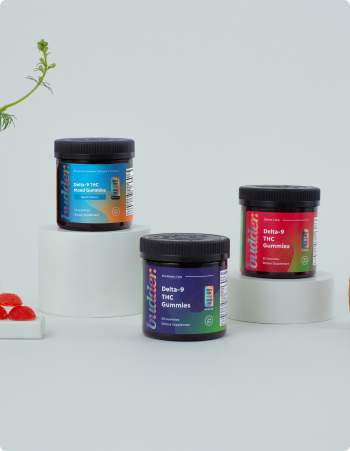








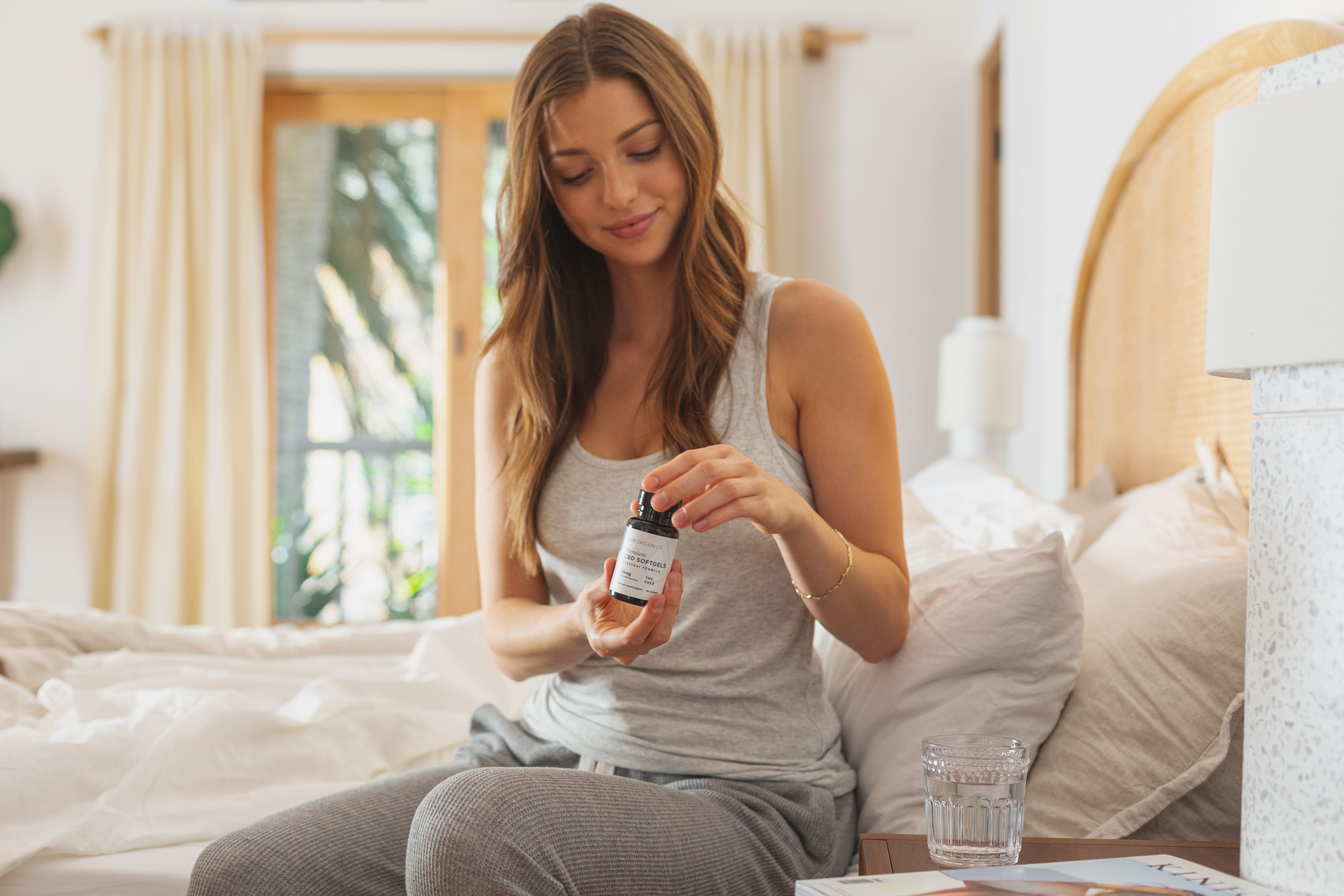


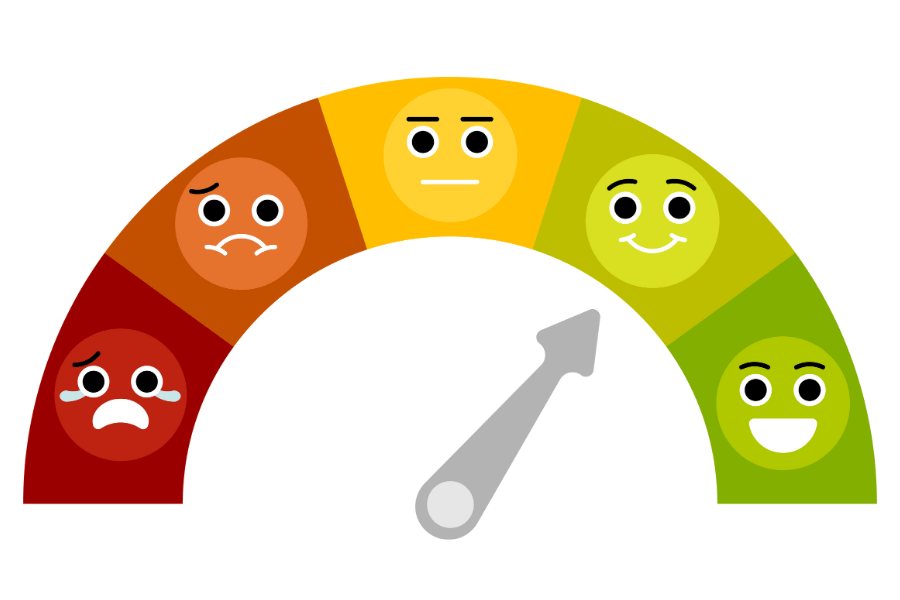
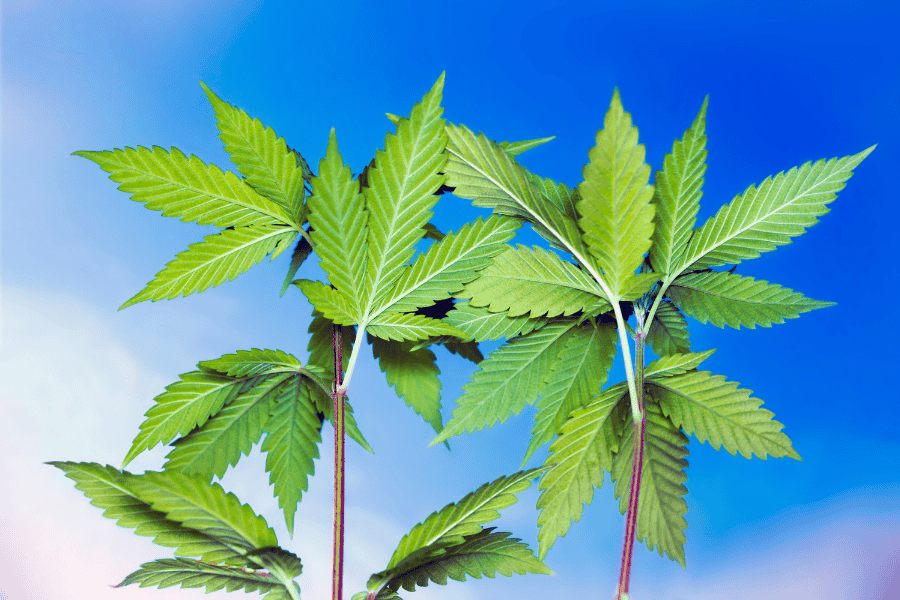


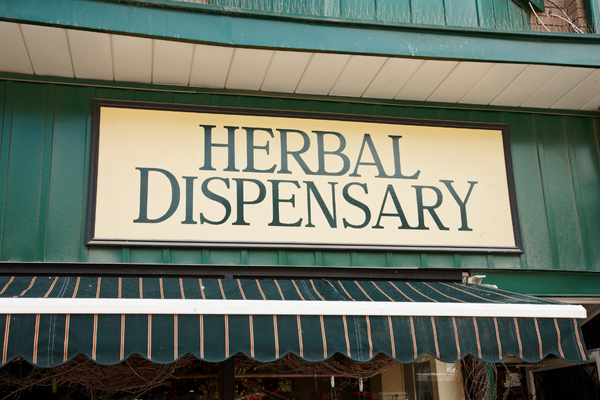



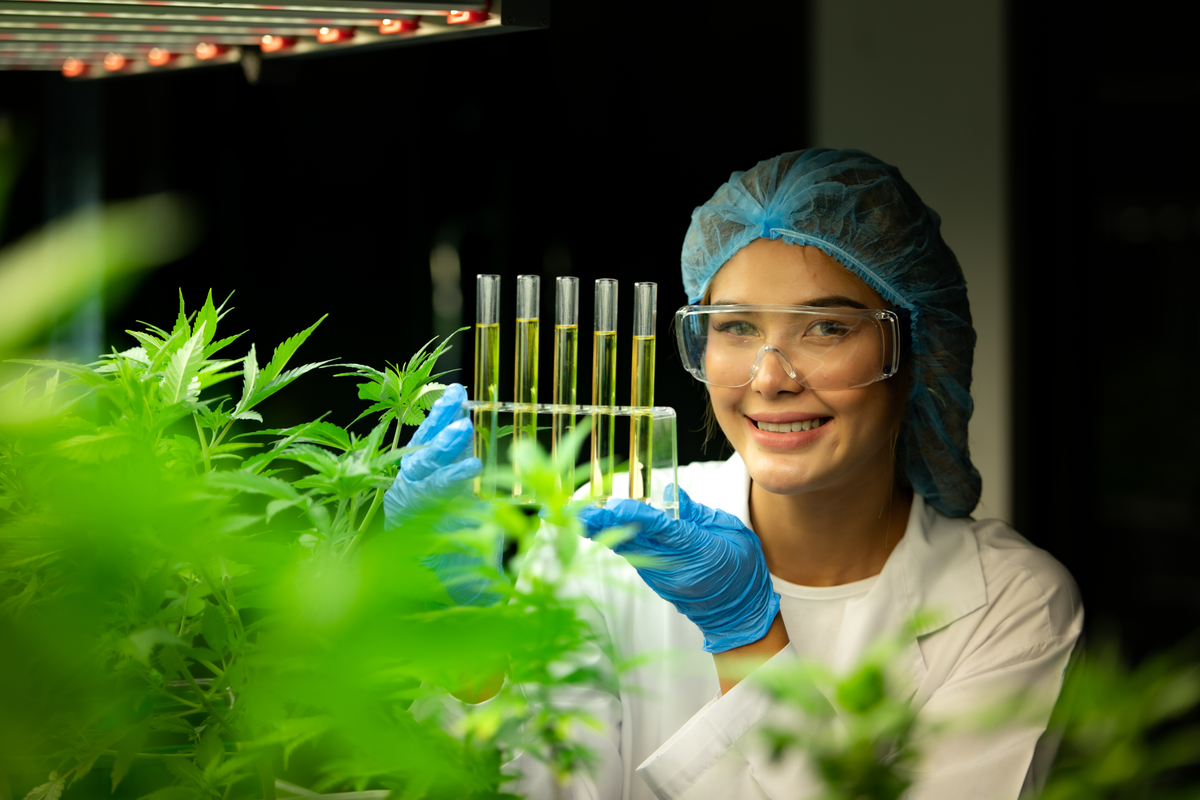

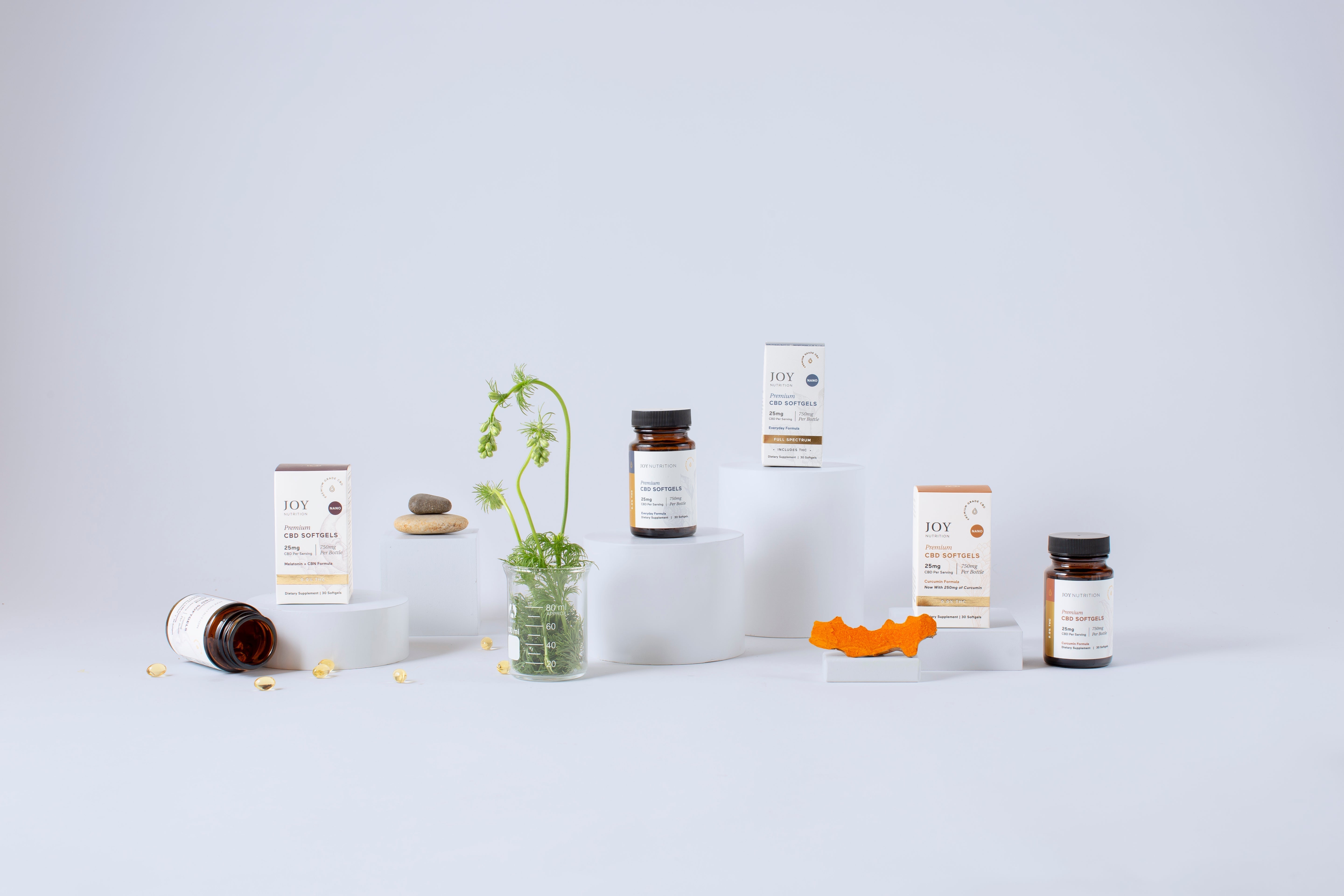



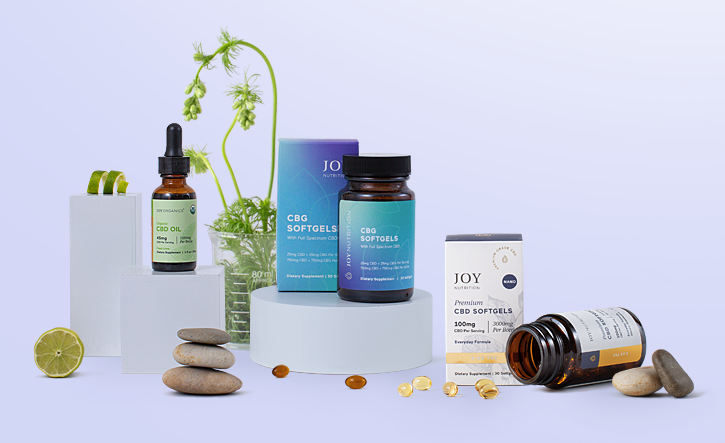


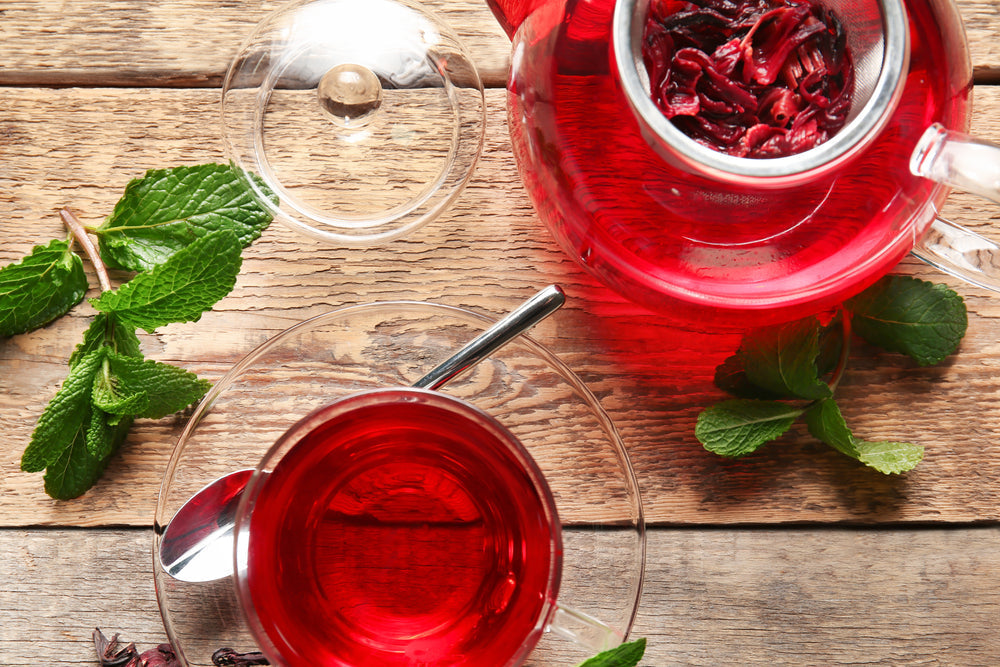

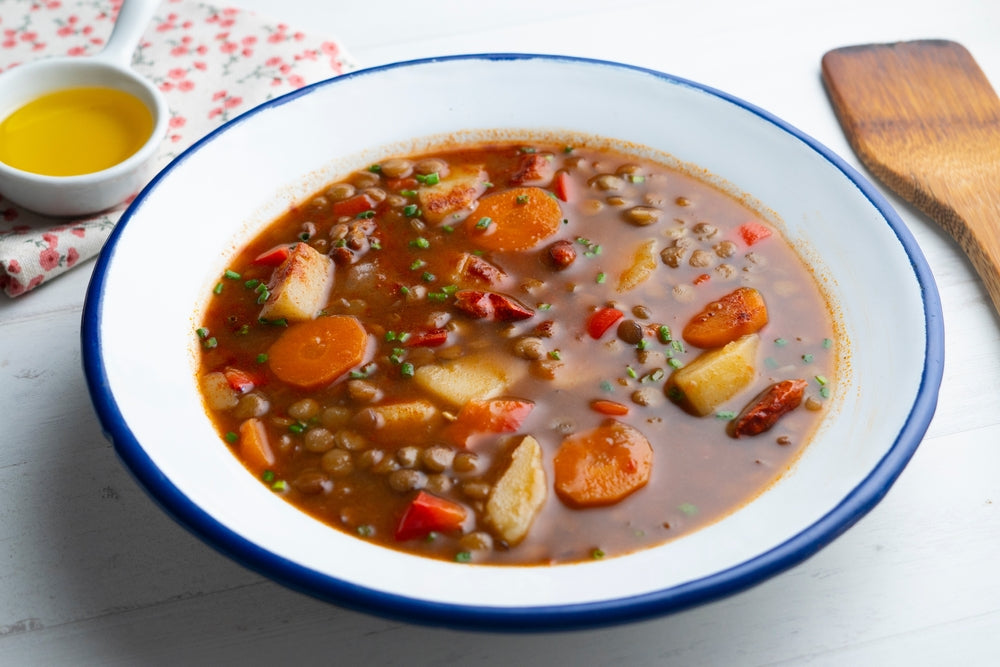
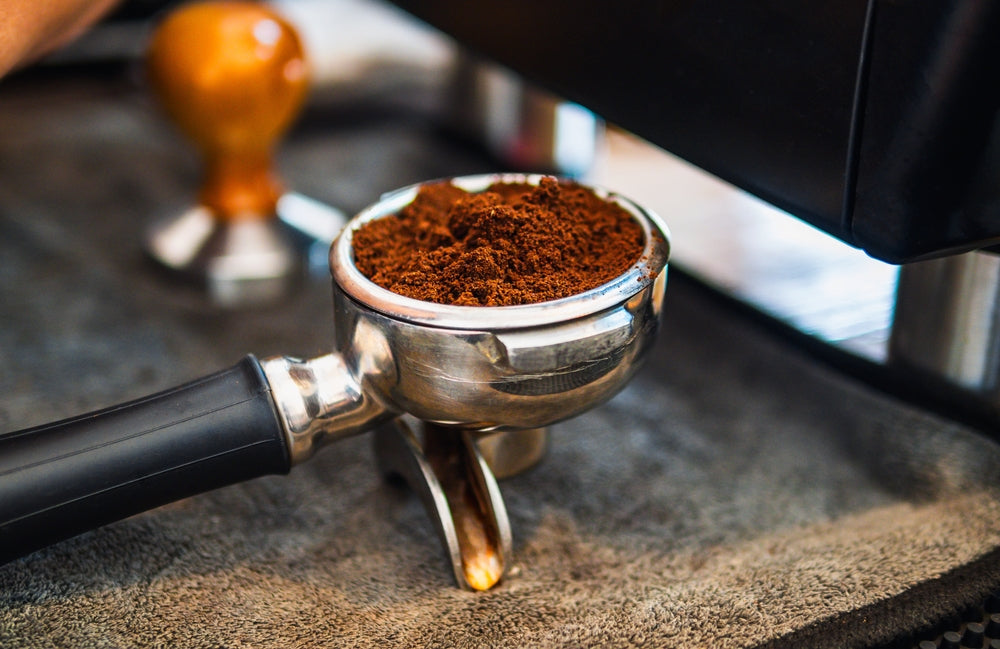

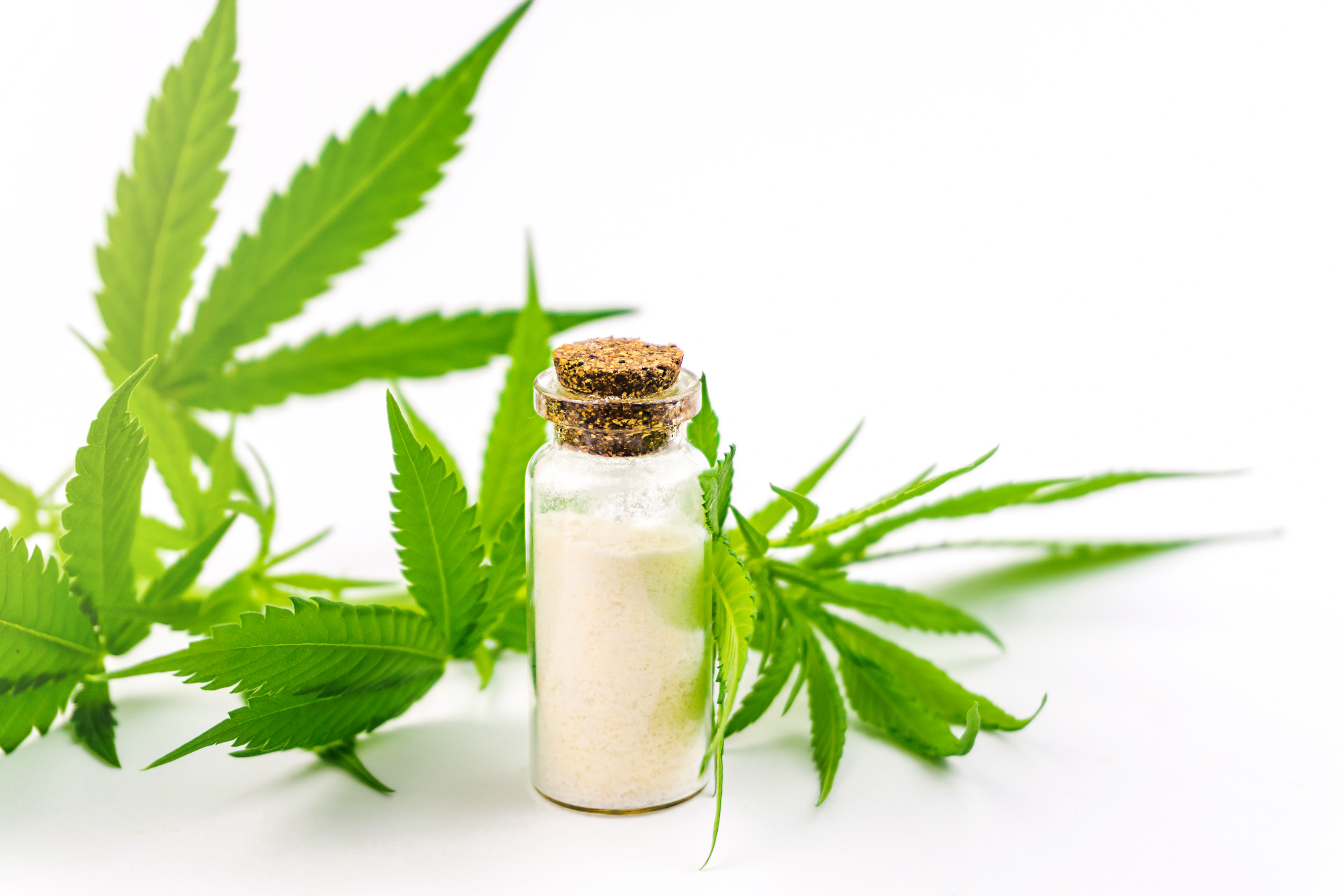
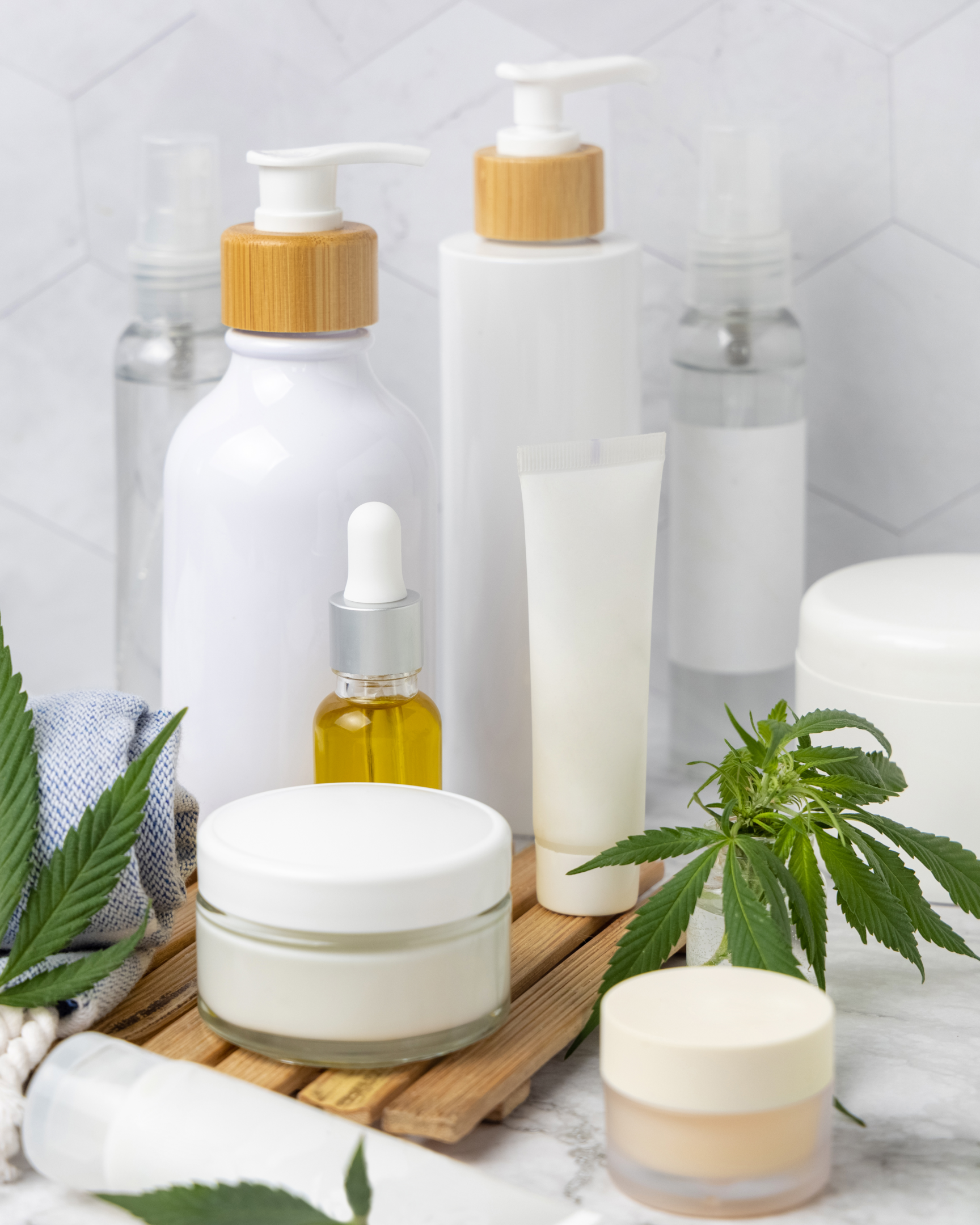
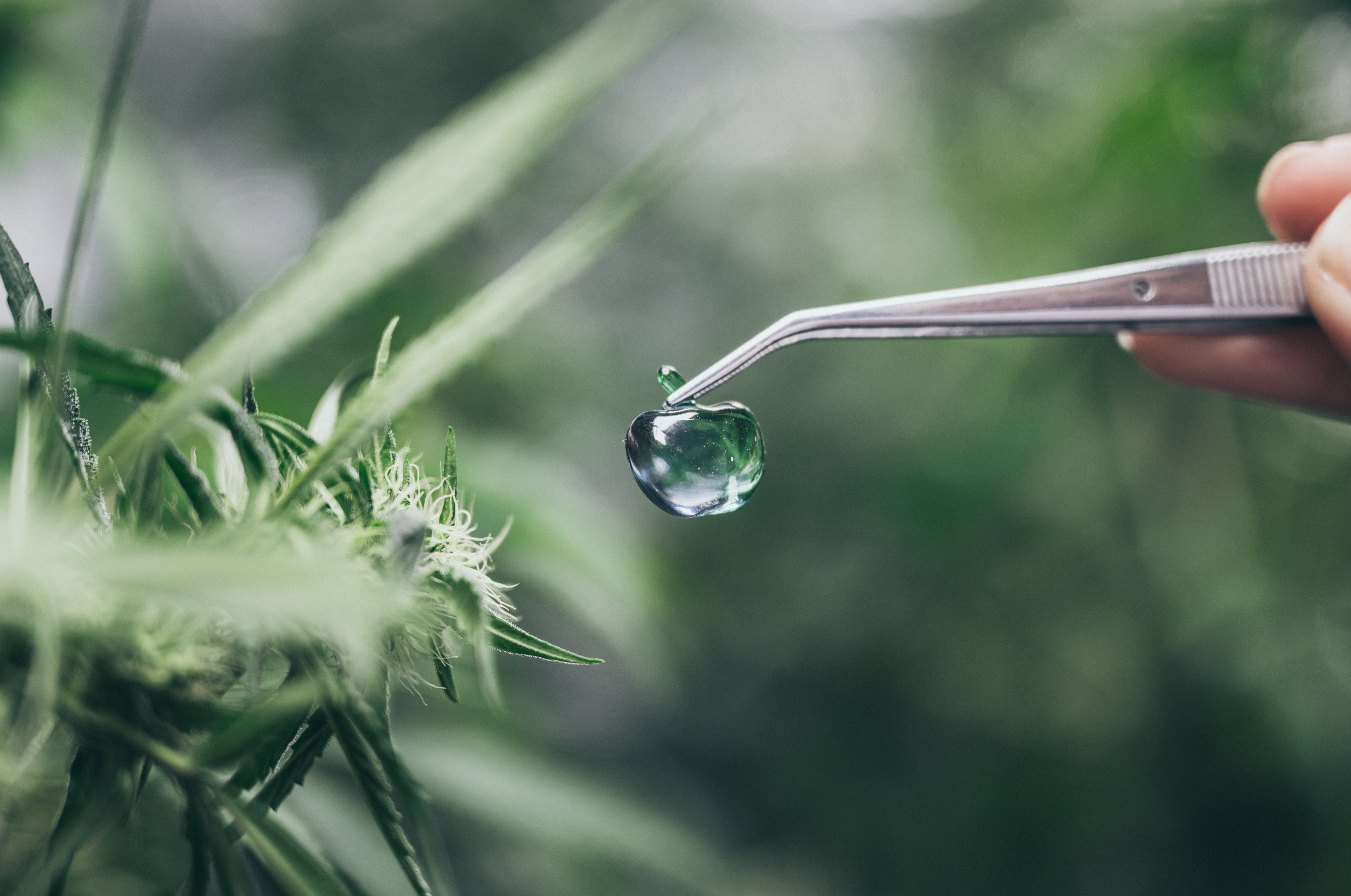
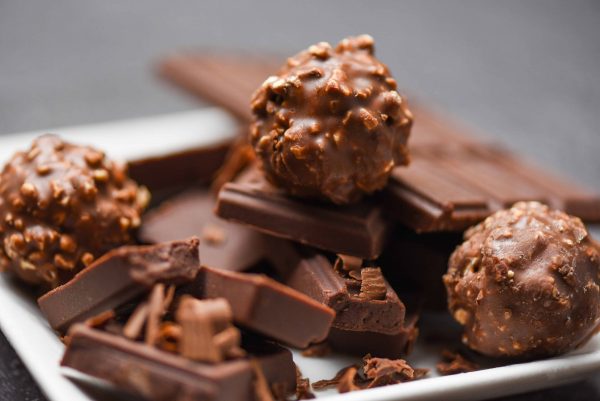
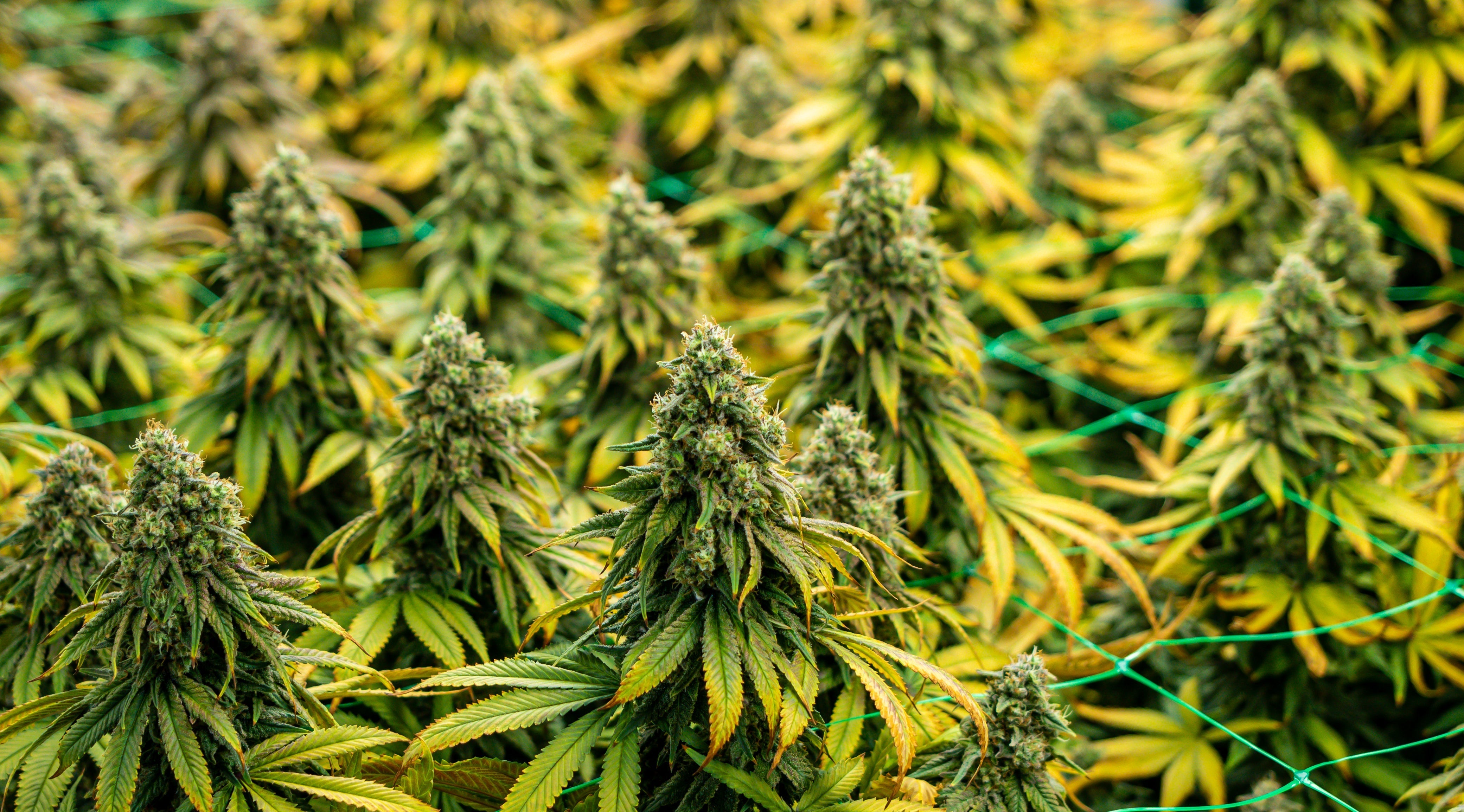
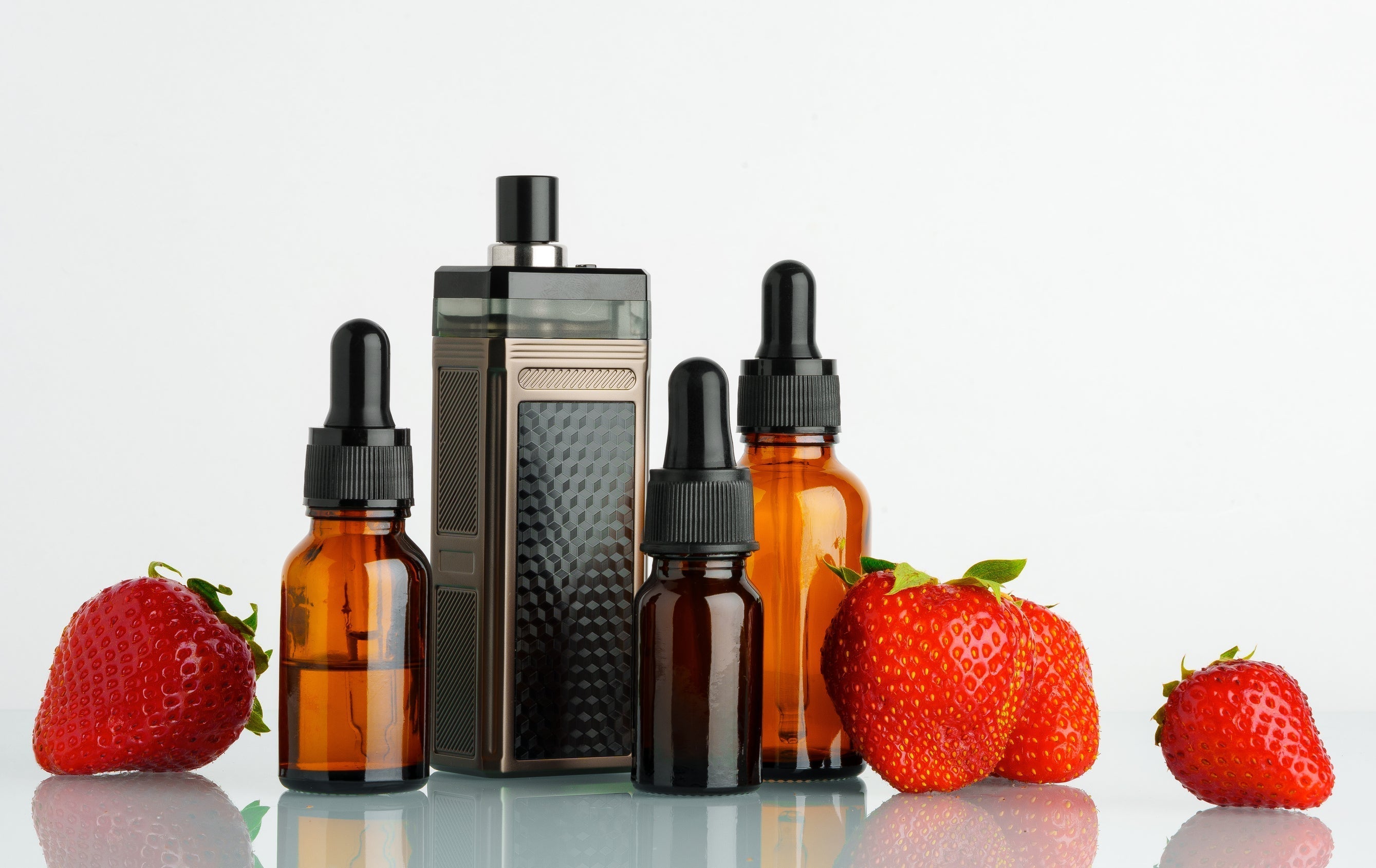

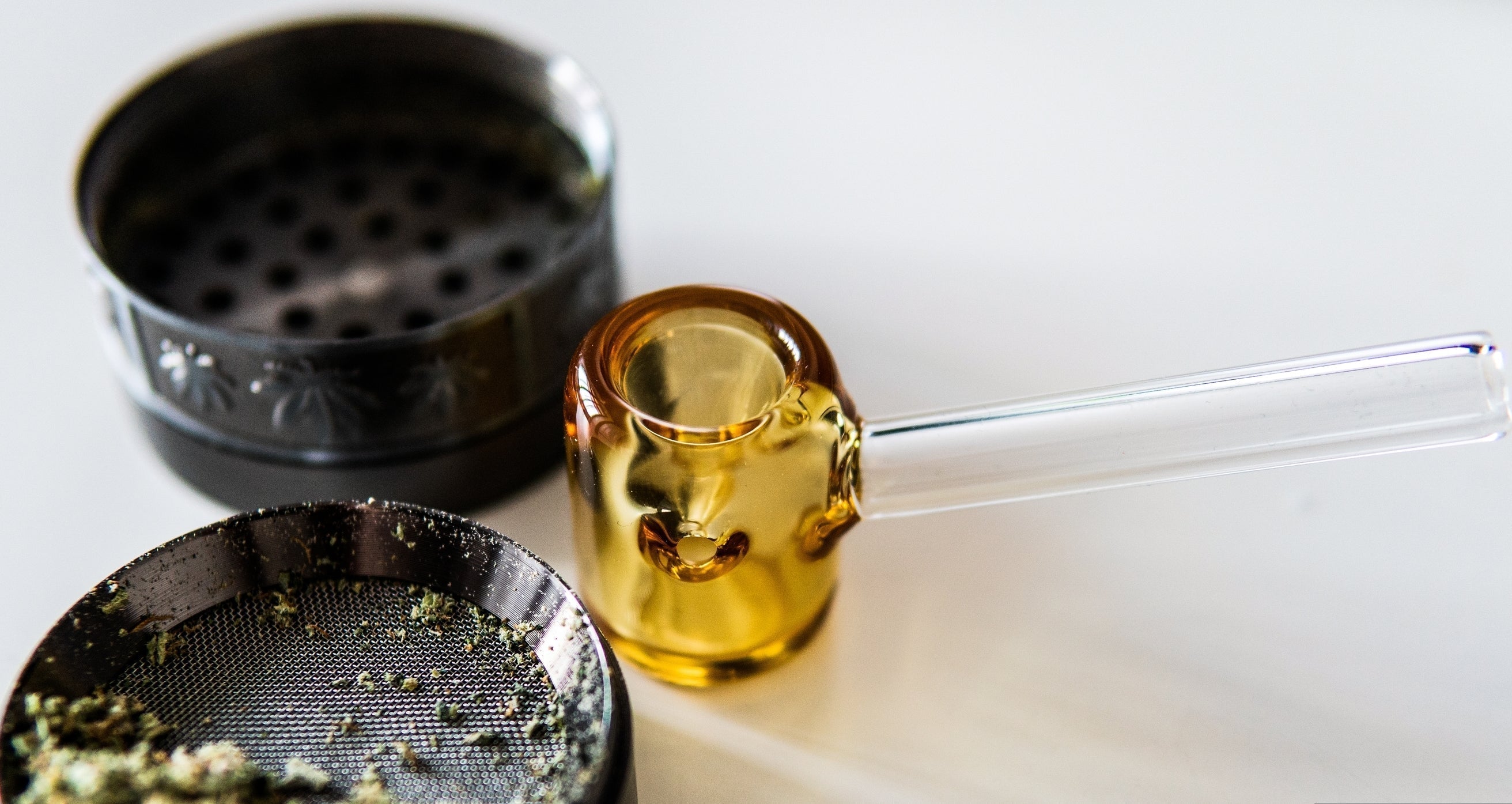
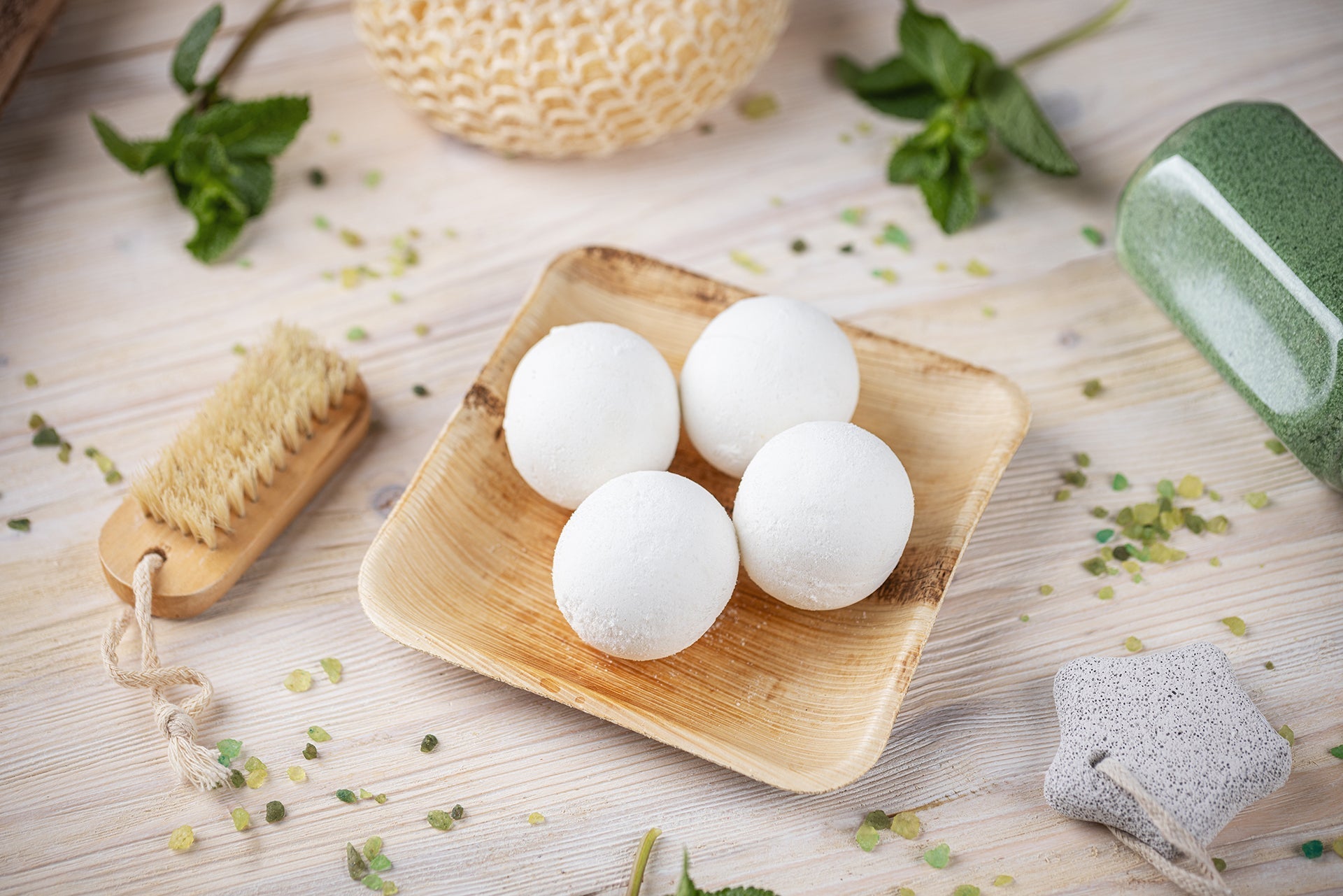
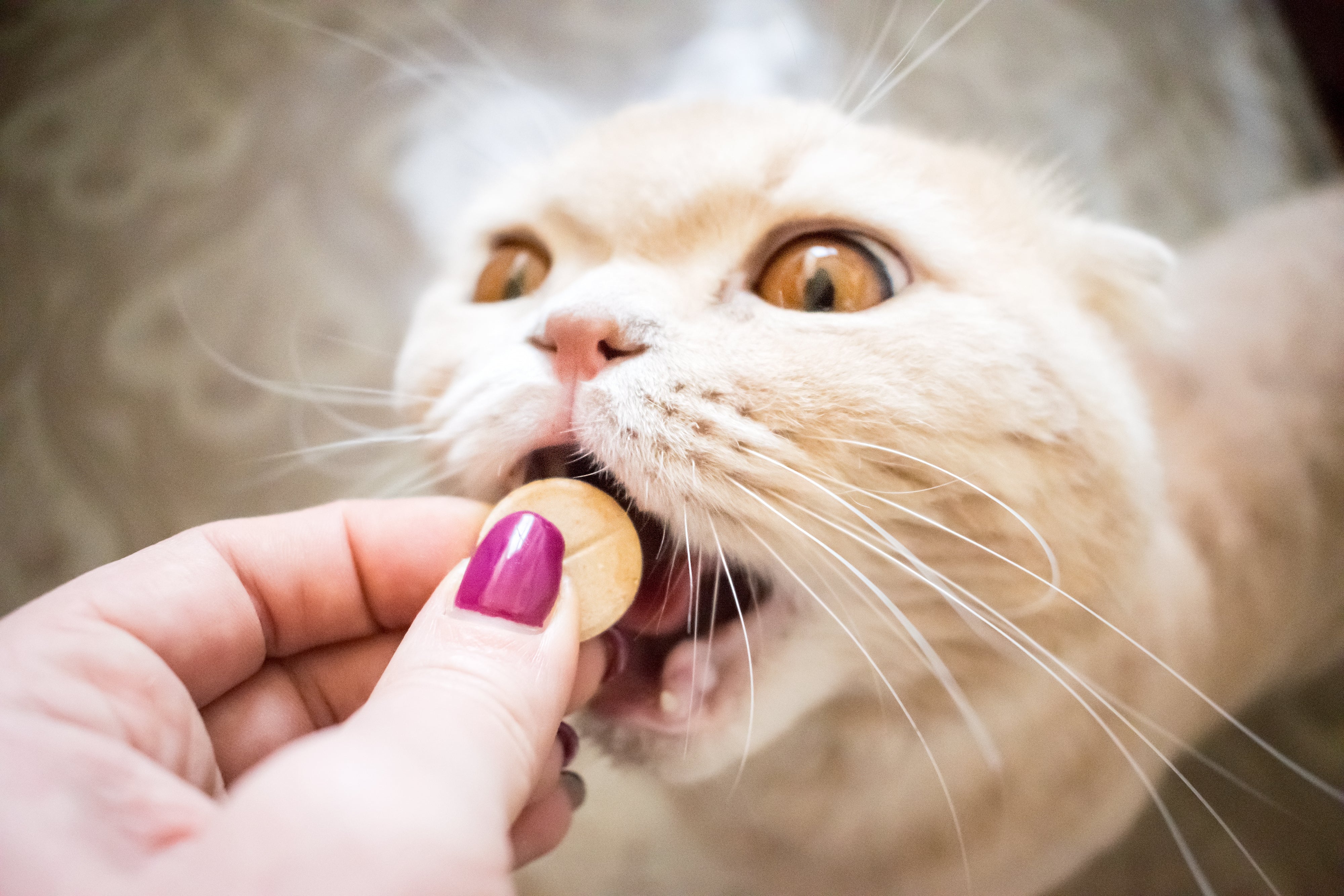

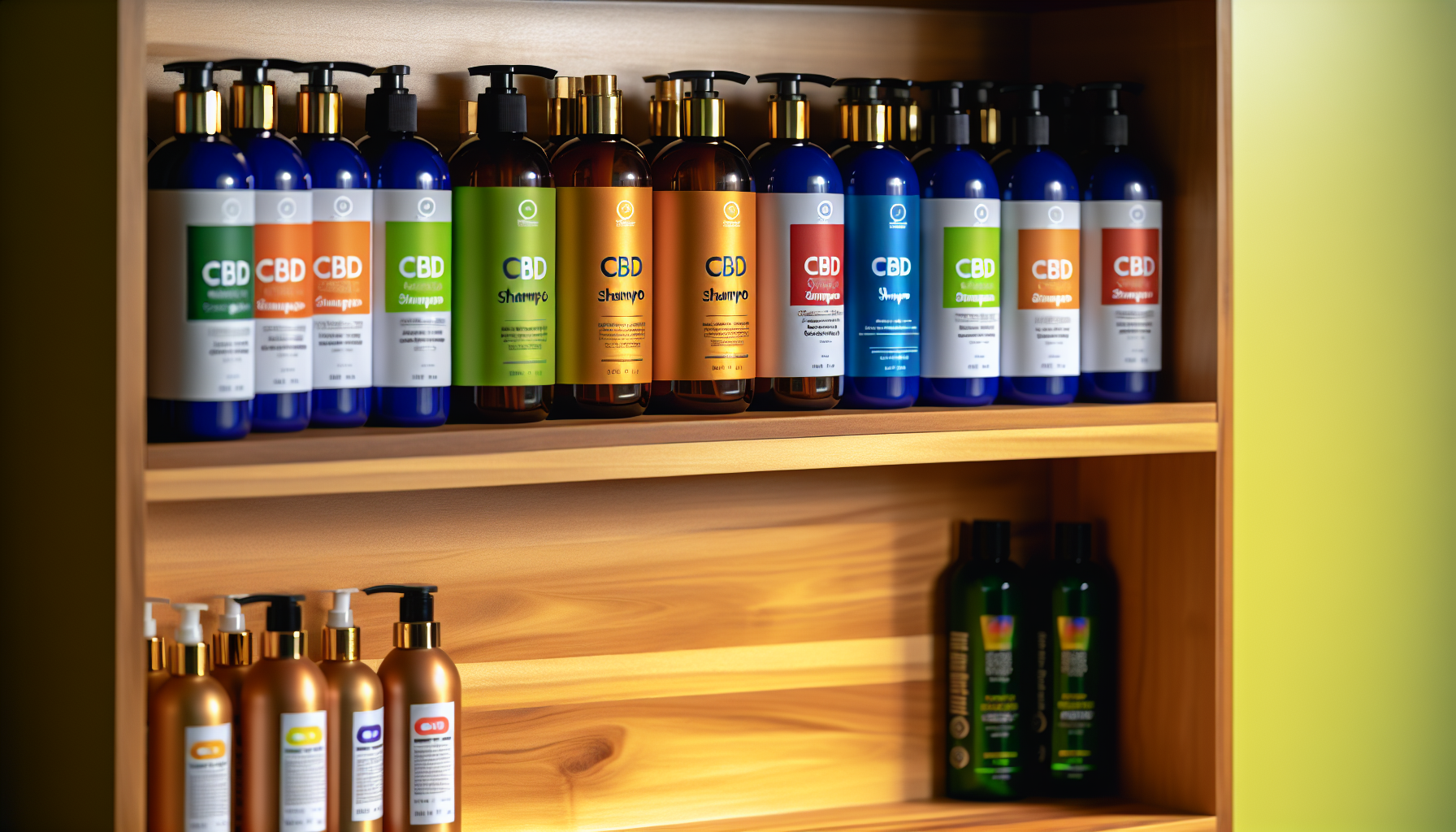
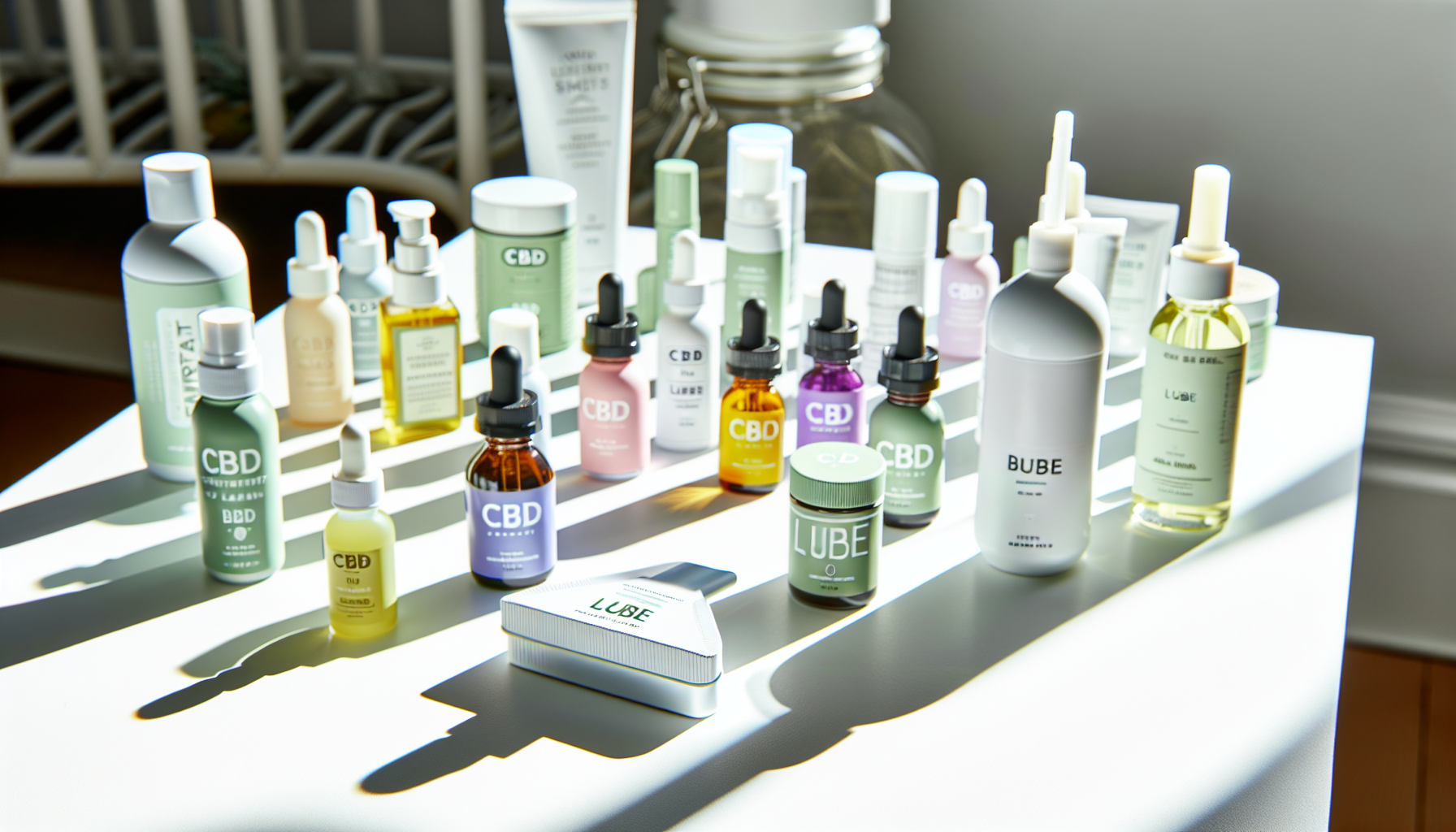
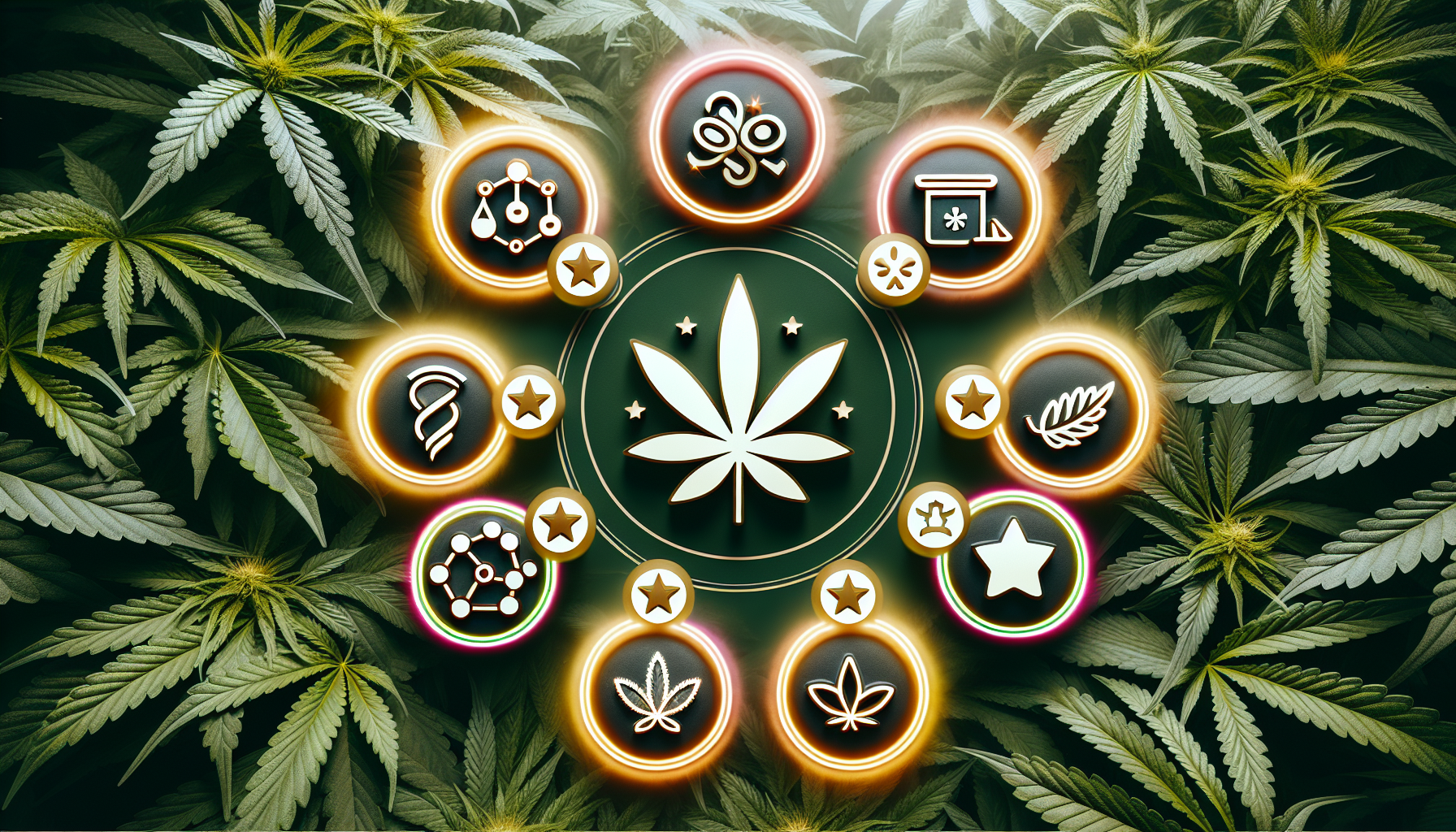
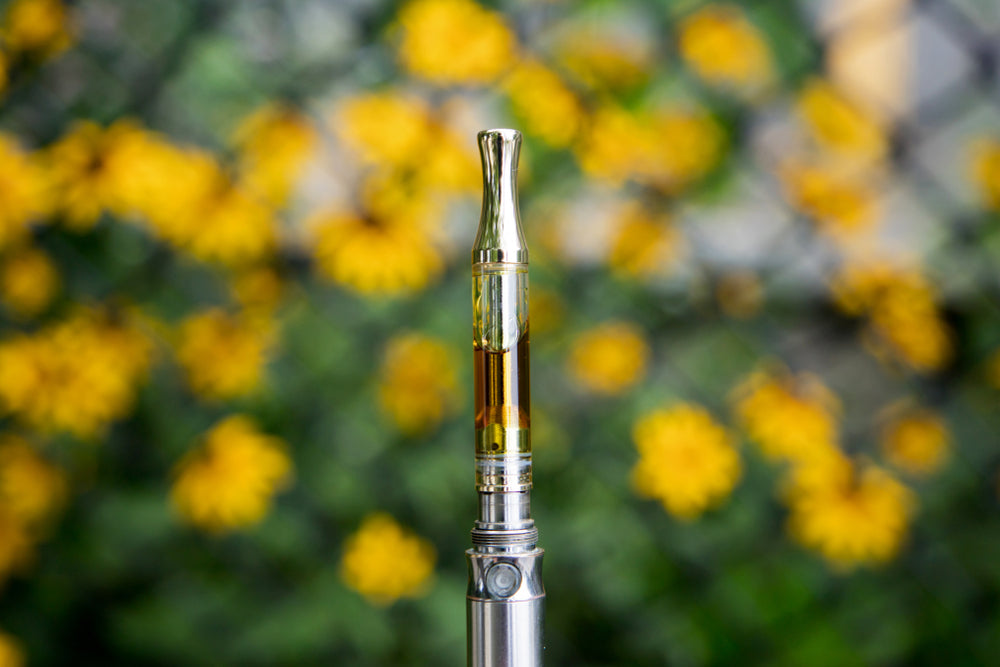
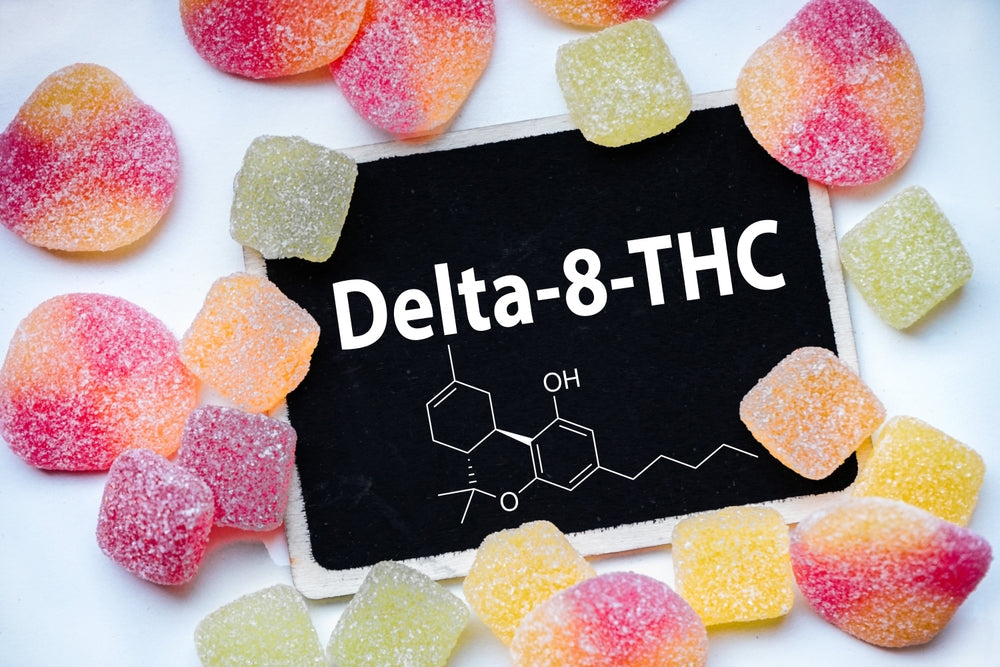
Join in on the Conversation
Your email address will not be published. Once your comment is approved, it will be published.